
Martin Hall
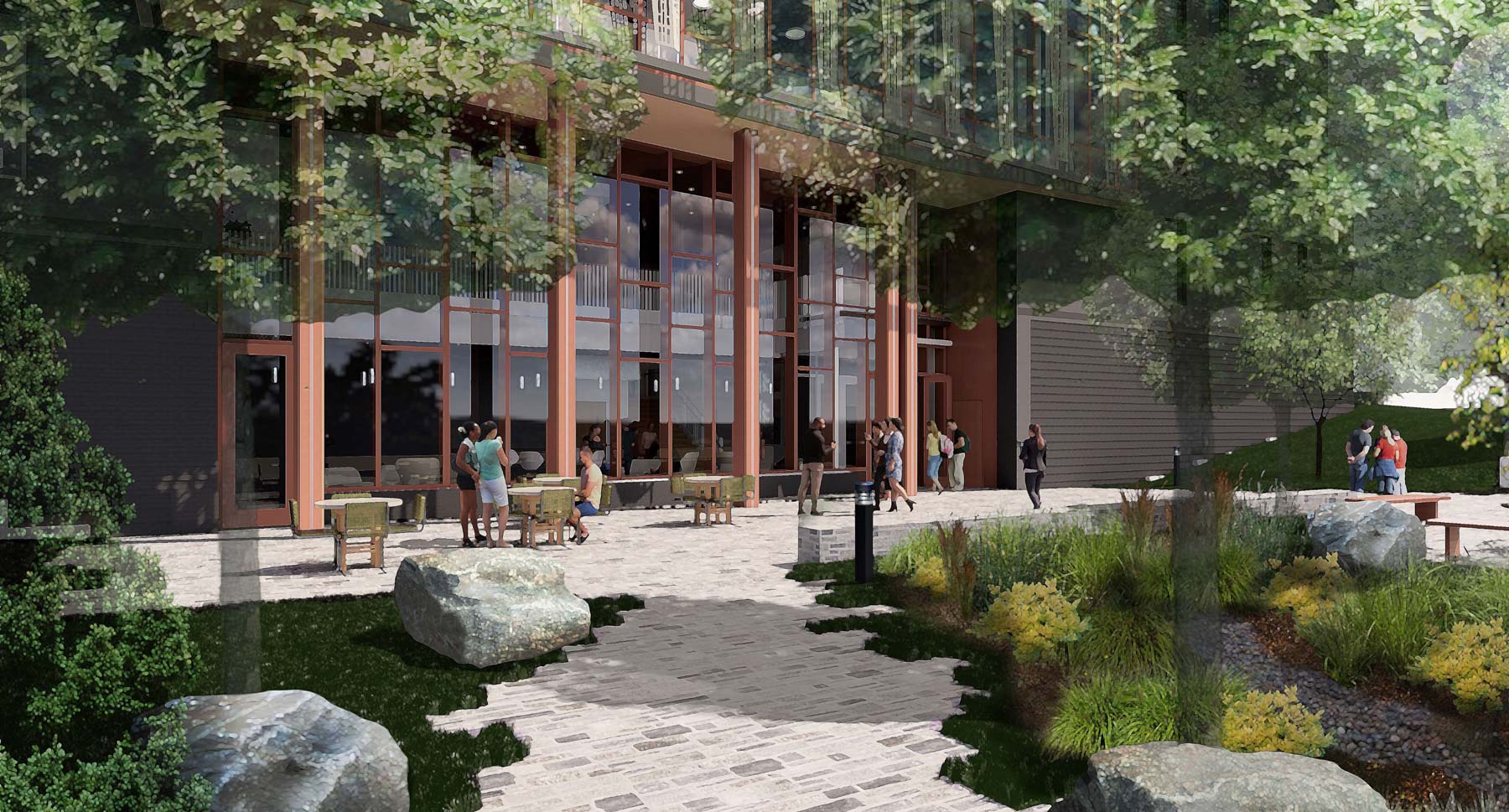
Introduction


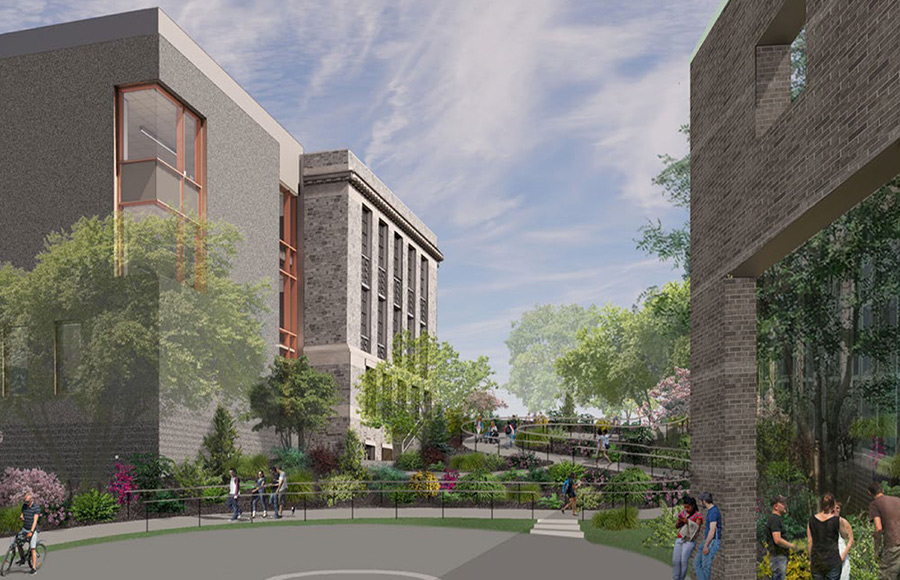
The relocation of the biology department to the newly constructed Maxine Frank Singer Hall in 2019 created an opportunity to reimagine how Martin Hall could serve students and faculty—offering the space and resources to support the intellectual curiosity, creativity, and innovation that serve as hallmarks of a Swarthmore education. Through a study led by the Provost’s Office at the direction of President Valerie Smith, Computer Science and Film and Media Studies—growing departments with increasing demands on their already limited office, laboratory, and classroom spaces—were identified as anchors for a renewed Martin Hall, which will also create an interdisciplinary, technological center for all of campus.
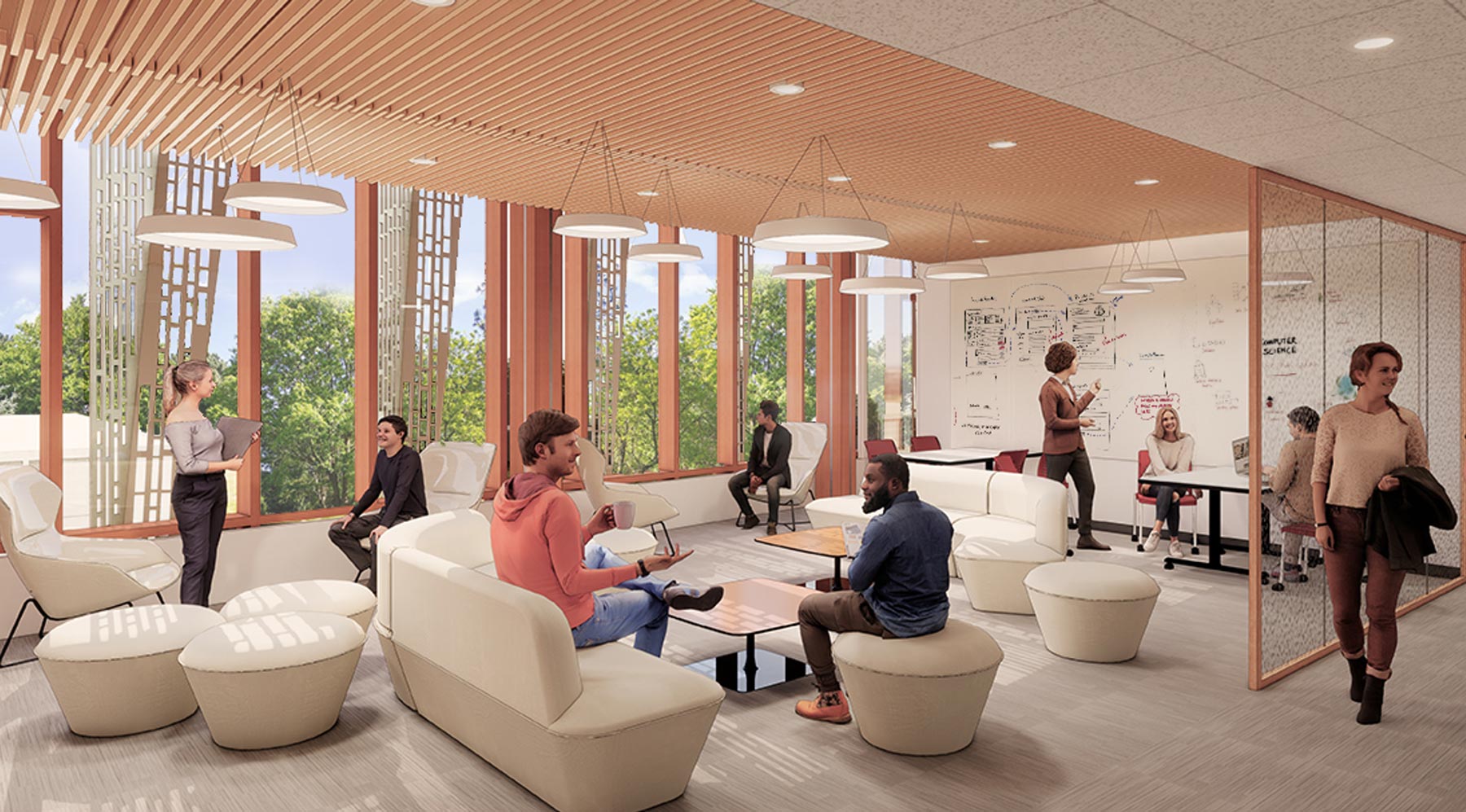
Computer Science

During the construction of the Science Center in the early 2000s, however, Computer Science had only about a dozen majors. Today, with courses maxing out enrollment and additional faculty being added to meet demand, the Science Center is unable to accommodate the needs of the department. With just three Computer Science classrooms—one of which is in Clothier—the rooms must fit more students than planned.
Students who study technology in a liberal arts setting bring a multi-dimensional perspective and skill set to the professional world, and our recent Computer Science graduates have benefited from this experience. According to the Career Services annual report, 27% of members of the Class of 2020 who pursued employment after graduation landed jobs in technology and engineering—with computer science majors making up the largest share of that group. Swarthmore Computer Science graduates go on to top graduate schools including MIT, Stanford, and Berkeley, and they work at technology companies including Google and Facebook as well as many innovative start-ups.

Film and Media Studies
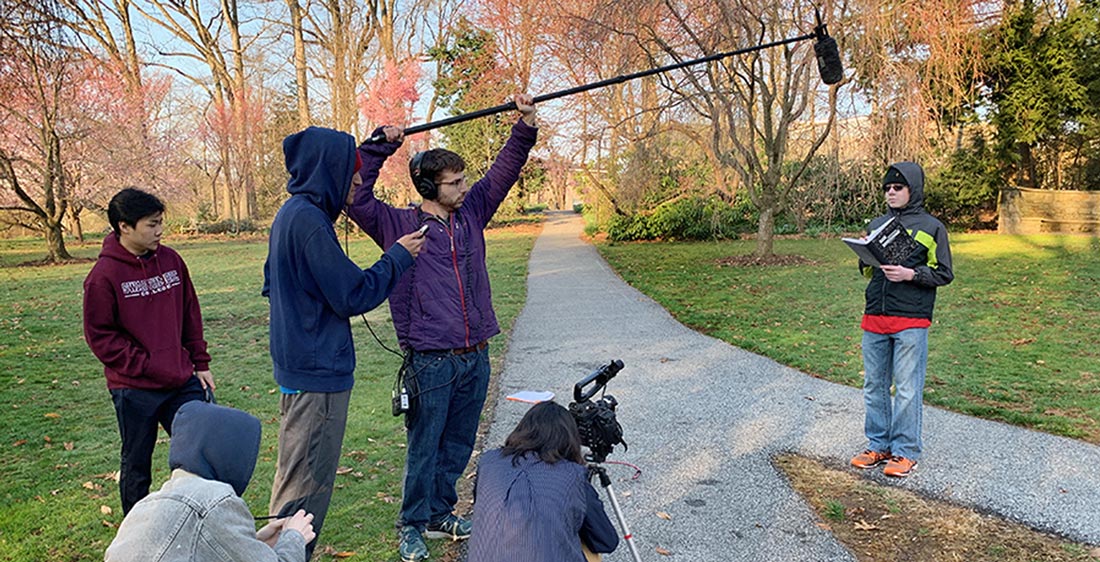
Film and Media Studies complements courses in the history, theory, aesthetic, and cultural dimensions of media forms with hands-on production opportunities. The hybrid curriculum brings a liberal arts perspective to media forms, including cinema, television, online video, digital games, and media art and encourages students’ critical and creative engagement. Students from across the College enroll in Film and Media Studies courses to learn analytical and production skills crucial to twenty-first century citizenship.
All of this has been accomplished, to date, without a dedicated classroom or a production studio. The renovation of Martin will add a 44-seat screening room designed for public programs as well as teaching and discussion; a black box studio equipped with green screen; a Media Gallery to display student or visiting artists’ work for the public; and video and audio editing suites for students from all disciplines to use.
Technology and the Academic Experience
The renovation of Martin Hall is about more than additional space for a couple of academic departments. It is a purposeful choice to bring technology and art together to teach students how to create — and critique — both.
This commitment is emphasized by the decision to move the Media Center into Martin Hall. The Media Center provides hands-on instruction in digital storytelling, video production, motion graphics, animation, and photography to all students. An expression of the College’s values of equity and inclusion, the Media Center offers hardware and software to students who would not otherwise be able to afford those resources and training on how to use them. Whether students study engineering or art, the skills they develop through the support of the Media Center better prepare them for success in the modern workforce.

Campus Connection
The bulk of the renovation will be to the back wing of the building, which will be removed and replaced with a new addition. This addition will have a glass facade to bring more light into the space and will provide larger open areas for students across departments and divisions to study and socialize. The renovation also will allow easier access to and through the building by removing the steps on the front facade.
Finally, the renovation will prepare Martin Hall to join the College’s new geo-thermal exchange system, an important part of the Energy Plan: Roadmap to Zero Carbon that will replace the hot-water system with a combustion-free alternative.
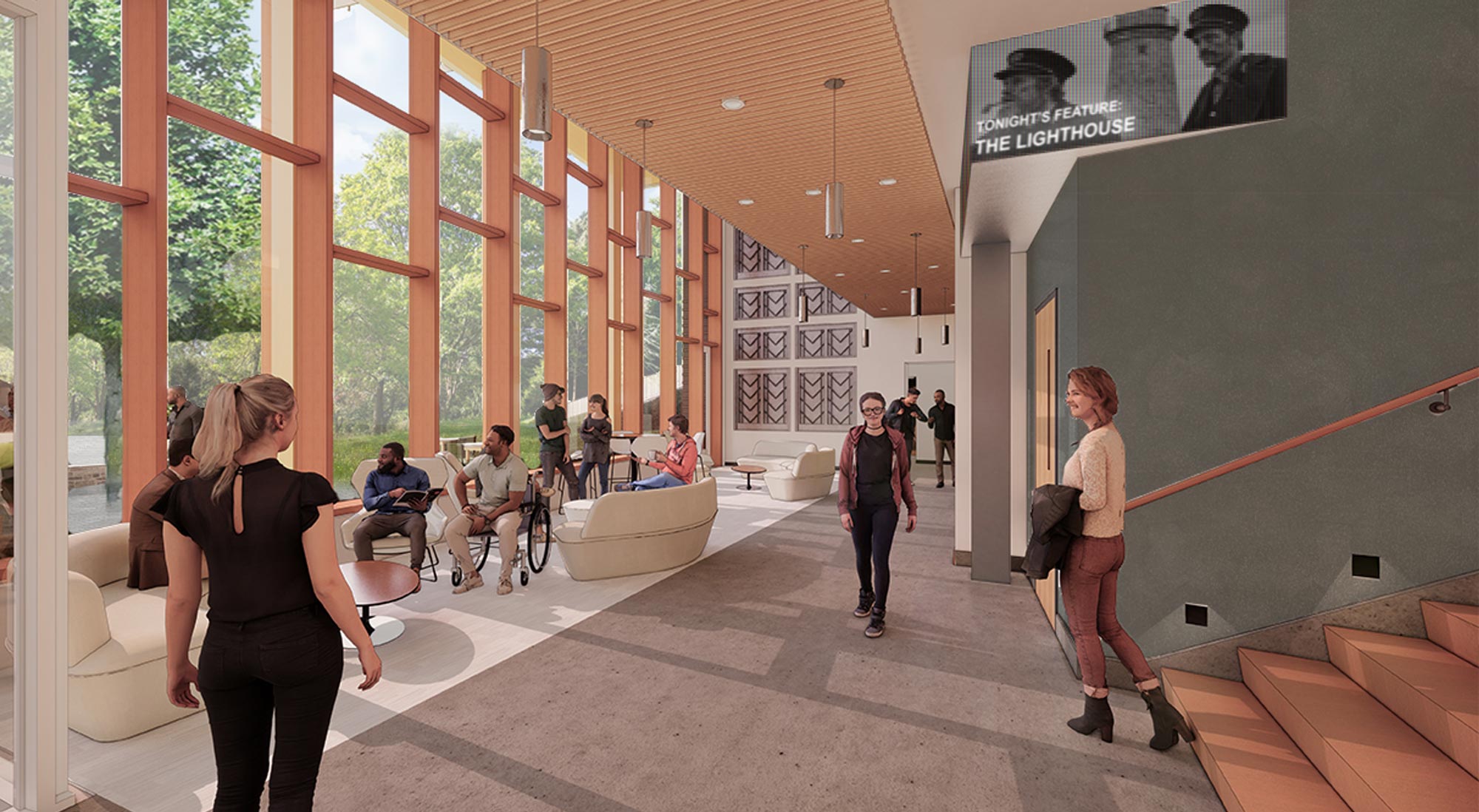
Your Opportunity

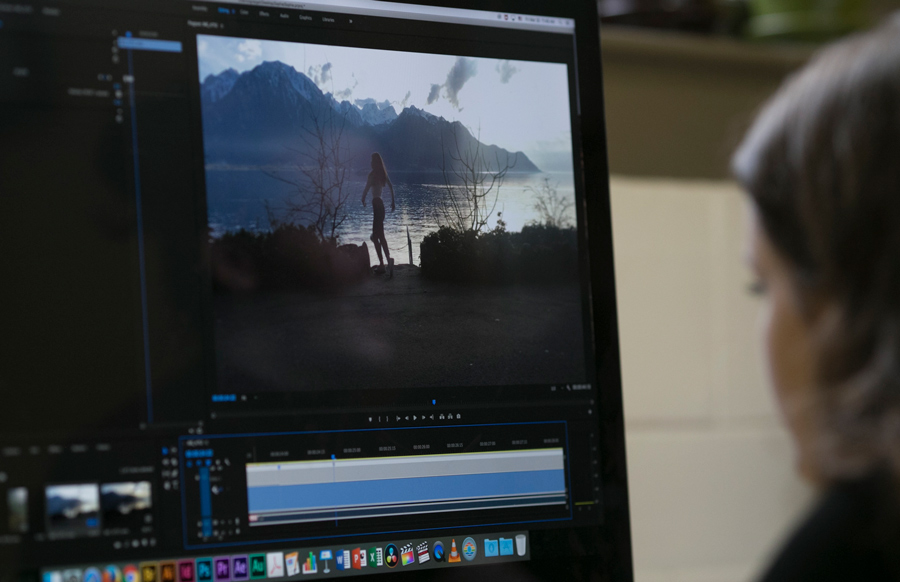

For more information, please contact:
Renée P. Atkinson, Associate Vice President for Advancement
610-328-8323 | ratkins1@swarthmore.edu

Swarthmore, PA 19081